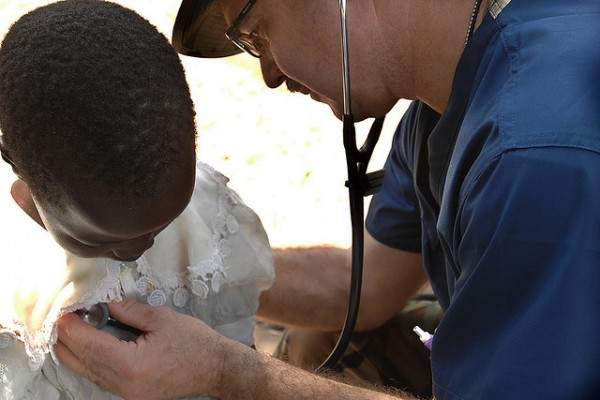Life in a rural Africa isn’t easy. Remote villages lack access to electricity, clean water, and most importantly, healthcare.
Samsung recently unveiled its solution to the last of these problems at the Africa Forum in Cape Town, South Africa. Billed as Africa’s first solar-powered mobile health center, the vehicle could make it possible to bring much-needed health care to the six in 10 people in sub-Saharan Africa who live in rural areas.

Only approximately 20 percent of the South African population is served by private medical professionals, with the public health sector struggling to cater to the remaining 80 percent of the population. Outfitted with energy-generating solar panels, the mobile health centers are capable of providing a range of eye, ear, blood and dental medical services to the public.
The roaming health clinic is just one element of a larger launched by Samsung recently. The South Korean company’s “Built for Africa” campaign, an effort to develop modern mobile technology that will meet the unique needs, resources and conditions of the continent.
The $250,000 mobile health center was constructed in Johannesburg, reports The Guardian. “At the back of the truck is a small soundproof booth with a chair, light and pair of headphones. Outside the door sits a ‘screening memory audiometer’ with a laptop and printer.”
The 22-foot truck also contains a fully equipped eye and blood clinic and a dental surgery. The facility would enable testing for HIV, malaria and numerous other conditions, said Kea’ Modimoeng, of Samsung. Results would be available immediately, and patients could be issued a prescription before they leave the clinic.
While the solar panels power the lights, television, and smaller appliances, the rest of the equipment still relies on an inbuilt generator using unleaded fuel or a power plug.
In the next 10 weeks, Samsung plans to add a mother-and-child clinic capable of 4D ultrasound scans and delivering babies, according to the Guardian. Samsung says that it wants to reach one-million people through its solar powered health centers by 2015.






